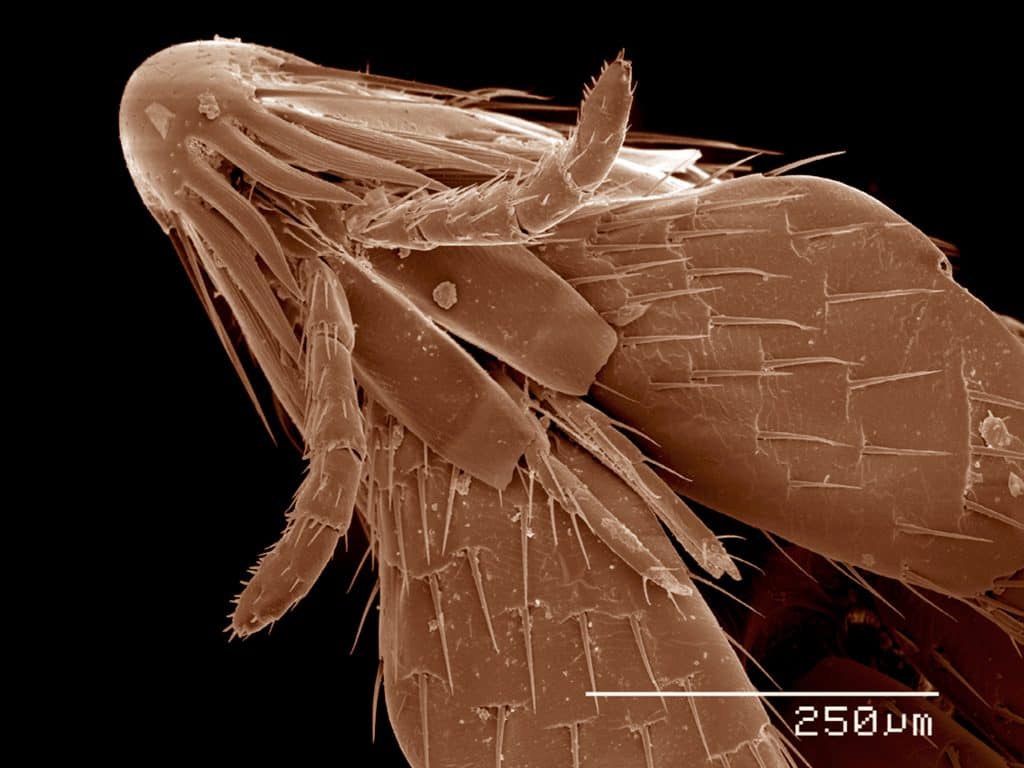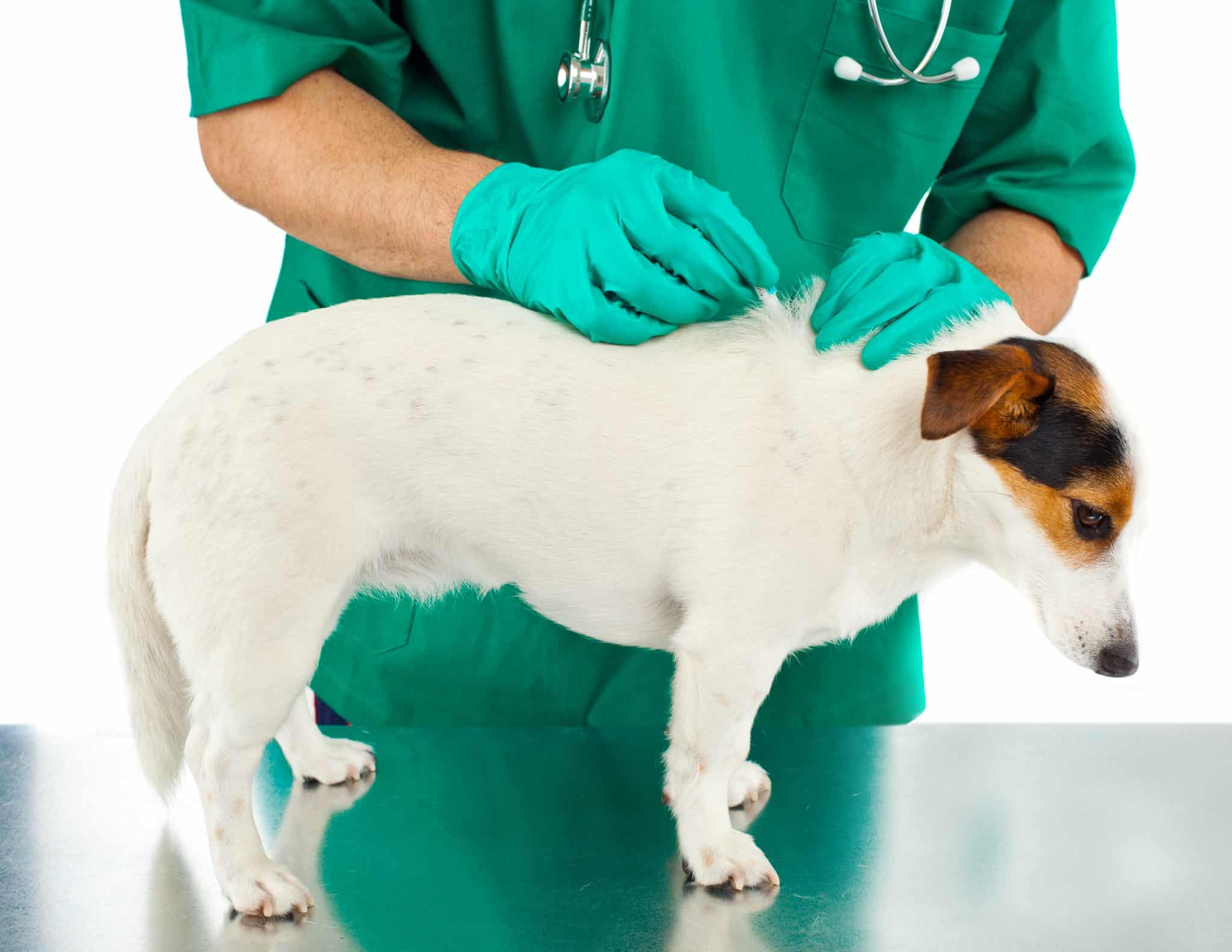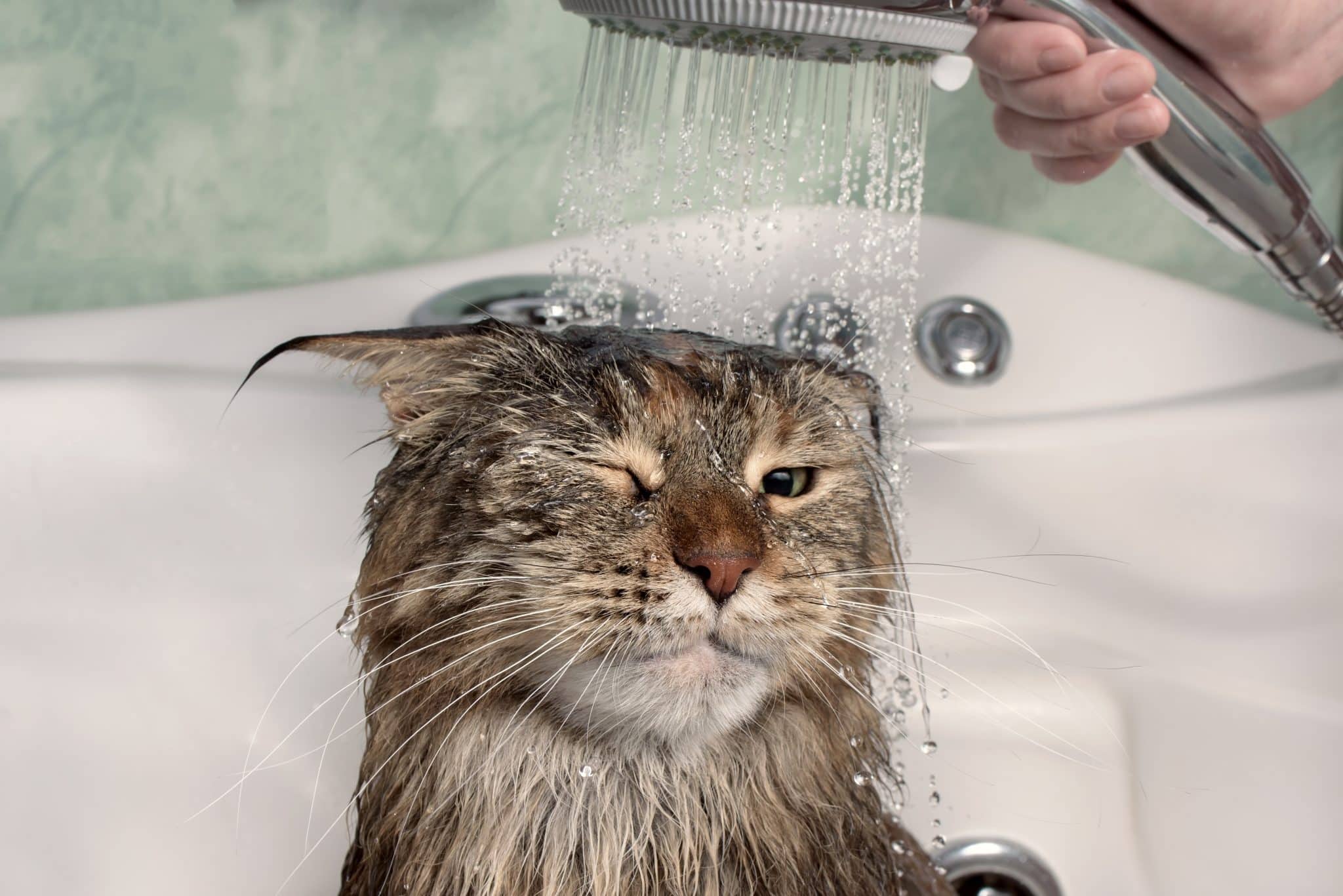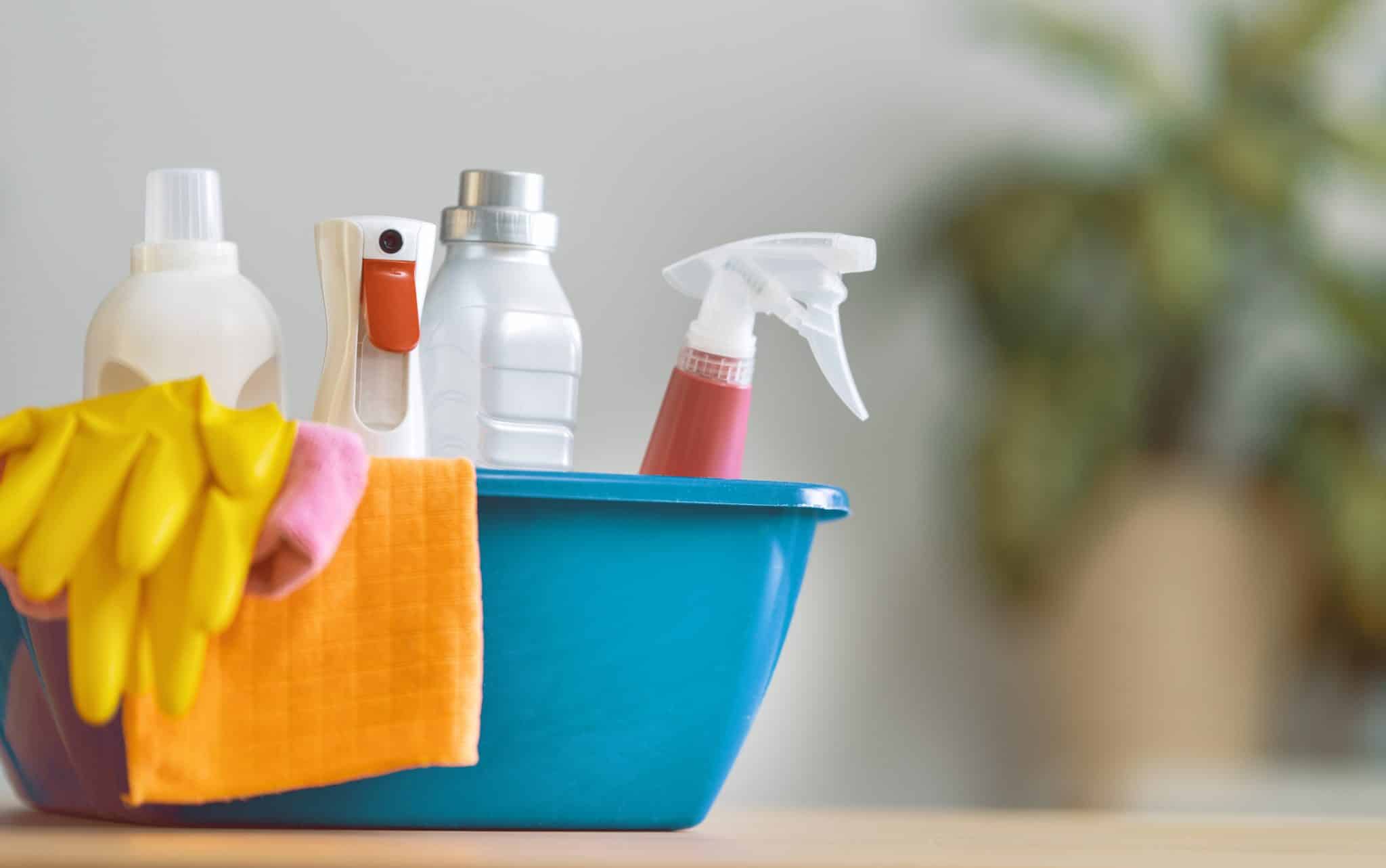
Best Flea Treatment For Dogs And Cats
There are so many things to enjoy about being a pet owner, with unconditional love and unlimited cuddles being just a few. However, with the good always comes the bad, and you’re bound to encounter that moment of dread when you notice your cat or dog scratching just a little too much.
Whether you’ve encountered this before or you’re just trying to be proactive, it’s important not to ignore the signs that something might be bothering your pet. Not only should you be concerned about protecting your furry friend, but taking action means protecting your family and household. Dogs and cats can spread things like fleas and other unwanted insects in your home, so it’s essential to know how to handle this situation when and if it arises.
Keep reading to learn more about how you can protect yourself and your pet from fleas. It’s worth your peace of mind.

What Are Fleas?
Fleas are one of the most prevalent pests that pet owners must confront. Surprisingly to many, cat fleas are actually more common than dog fleas, though both can cause significant issues. These pests don’t discriminate between hosts, so don’t be fooled by their names: cat fleas can infest dogs, and dog fleas can infest cats.
Fleas are tiny wingless creatures that feed on blood and are capable of ingesting up to 15 times their body weight! They’re very difficult to see, but if you can get up close, you can identify them by their reddish-brown color and flattened bodies. A common way to confirm a flea infestation is by locating “flea dirt,” the partially digested blood, which unfortunately doubles as food for flea larvae.
Fleas present a very high risk because they can spread disease to your animals. With the ability to jump up to eight inches, they don’t need wings to get a hold of your furry friends.
Problems Fleas Pose To Cats And Dogs
If your cat has fleas or your dog has been scratching more than usual, you might be dealing with a flea infestation. Fleas are not just annoying pests that cause itching and discomfort, they can also spread diseases such as cat-scratch disease, tapeworms, and even bubonic plague in severe cases. This becomes even more problematic when we consider how fast acting these parasites are – it only takes about 24 hours for a flea to start laying eggs after its first meal.

How Do I Know My Pet Has Fleas?
The first sign that your pet might have fleas is excessive scratching, but there are other telltale signs as well. If you spot black or brown tiny spots on your pet’s coat, this might be flea dirt. Using a flea comb, you can brush your pet’s coat to check for other common signs of fleas. Red, bumpy, and irritated skin could be a sign of a flea infestation. And if the infestation is bad enough you might even see the tiny adult fleas jumping and moving around on your pet’s skin.
Why Are Fleas So Difficult To Get Rid Of?
If you’ve had a flea infestation before, you know how difficult it can be to get rid of them. Adult fleas lay their eggs in your pet’s coat, but the eggs fall off as your pet moves through your home. The flea eggs hatch into larvae, then enter into a cocoon. Adult fleas emerge from the cocoon, ready to lay their eggs and start the process over again.
Unfortunately, many of the products and methods used to treat a flea infestation only work on adult fleas and possibly their eggs. This means you can clean your home from top to bottom, but fleas still in the larvae or cocoon stage could be left unharmed. Before you know it, your flea infestation is back.
Types Of Flea Treatments
When it comes to flea treatment, pet owners have two main options: topical treatments or oral medications. Topical treatments are applied directly to your pet’s skin, while oral medications are ingested by your pet. Both have their pros and cons.
Topical treatments are typically easy to apply and can start working immediately, providing fast relief for your pet. However, some pets, especially those with sensitive skin, may have side effects such as irritation at the application site.
Oral medications are also fast acting and can be a great alternative for pets who don’t tolerate topical treatments well. Plus, they don’t wash off or rub off on your furniture.
While you should always check with your vet before starting any treatment, here are some different types of flea treatments to consider for your cat or dog.
Flea baths and sprays
While you might not think to give your cat a bath under normal circumstances, a flea bath is an affordable option for controlling fleas on your pets. Flea shampoos are fast acting but last for a short period of time, whereas dips and sprays last longer. The only thing to remember with a flea spray is that if your cat or dog gets wet, you might need to reapply the product.
Powders
Flea powders get dusted all over your pet’s body and rubbed in well, down to their little toes. Some people report side effects from powders, so always check with your vet first.
Flea collars
Flea and tick collars are infused with a concentrated chemical that keeps fleas at bay. These are usually affordable options, but they can cause irritation and give off an unpleasant odor.
Oral medications
Many pet owners don’t like the idea of monthly topical medications. If you’re one of them, you can use oral medications that are usually given monthly or quarterly. (Check out these tips on how to give dogs pills if you’re worried about using oral flea medication.)
Flea prevention
Proper prevention will make it more likely that you won’t have to deal with an infestation in the first place, so try to make the best decision from the start. You want to go with something reputable and trusted by professionals. Before you begin a new regimen, always double-check with your vet.
Best Flea Treatment For Dogs
When weighing your options, you want to find something that covers all your bases. Fleas thrive in a warmer climate. Because of this, many treatments aren’t as viable in warmer weather, like in Florida. The Florida weather can even make some treatments less effective.
One treatment that has been shown to work well consistently in warmer climates is Bravecto.
Bravecto is a flea and tick treatment favored nationwide by both veterinarians and pet owners. Vet recommended Bravecto is proven to be more effective for pets in warmer climates when compared to similar products like K9 Advantage and Frontline. The active ingredient in Bravecto is Fluralaner, a highly effective flea and tick prevention insecticide for both dogs and cats. It starts killing fleas within two hours of administration and can kill 100% of them within 12 hours.
It’s also important to ensure that the flea treatment you’re using for your pet is FDA approved. This ensures the safety and effectiveness of the product. For instance, Bravecto is an FDA approved treatment for fleas, ticks, and even prevents heartworms in dogs. It’s a fast-acting treatment that can kill adult fleas and ticks within hours and provide protection for up to 12 weeks.
Flea prevention has never been easier with Bravecto, a simple pill that lasts three months and, in some cases, even gets rid of a mild active infestation. With an estimated 93% efficacy rate, you can rest assured that your furry friend has the odds in their favor. What’s even better? You don’t have to worry about the side effects commonly associated with topical flea treatments.
Best Flea Treatment For Cats
When looking for an effective flea treatment for your feline friend, the climate always plays a factor. Similarly to treatment for dogs, the Florida weather can be an obstacle. Bravecto has been proven to work effectively in warmer weather, which is why it is a common selection in the fight against fleas.
With Bravecto, the treatment is fast, convenient, and long-lasting. A single dose protects nearly 3 times longer than a typical treatment, which means fewer applications. In addition to maximum flea protection, the product also defends your cat against ticks. These pests can be a major nuisance, which is why having a flea and tick plan is key for most pet owners.

Do A Deep Clean After Any Flea Infestation
Once you can confirm you have an infestation on your hands, it’s time to coordinate your cleaning efforts. Rather than let this overwhelm you, try to think of it as additional prevention.
Take the following steps to clean after a flea infestation:
- Properly treat your pet for fleas
- Clean all floors, focusing on cracks and carpeting
- Deep clean your furniture with recommended cleaning agents
- Clean up your property—fleas hide in things like tall grass
- Go over the entire house, including your pet’s toys and laundry
- You can always check with a vet if specific cleaning supplies are safe to use
You Need An Effective Plan Against Fleas
Ensuring your cats and dogs are protected from fleas and ticks is essential for their comfort and health, and it also helps maintain a clean, pest-free home. With a variety of treatments available, including fast-acting topical treatments and oral medications, you can choose the one that best suits your pet’s needs.
At the end of the day, our pets are our family, and we want the best for them. Not only is flea prevention good for them, but it’s also good for the entire household. So, before you waste more time risking an infestation, talk to your vet about Bravecto today!
Services
Or call us at (407) 862-6892

